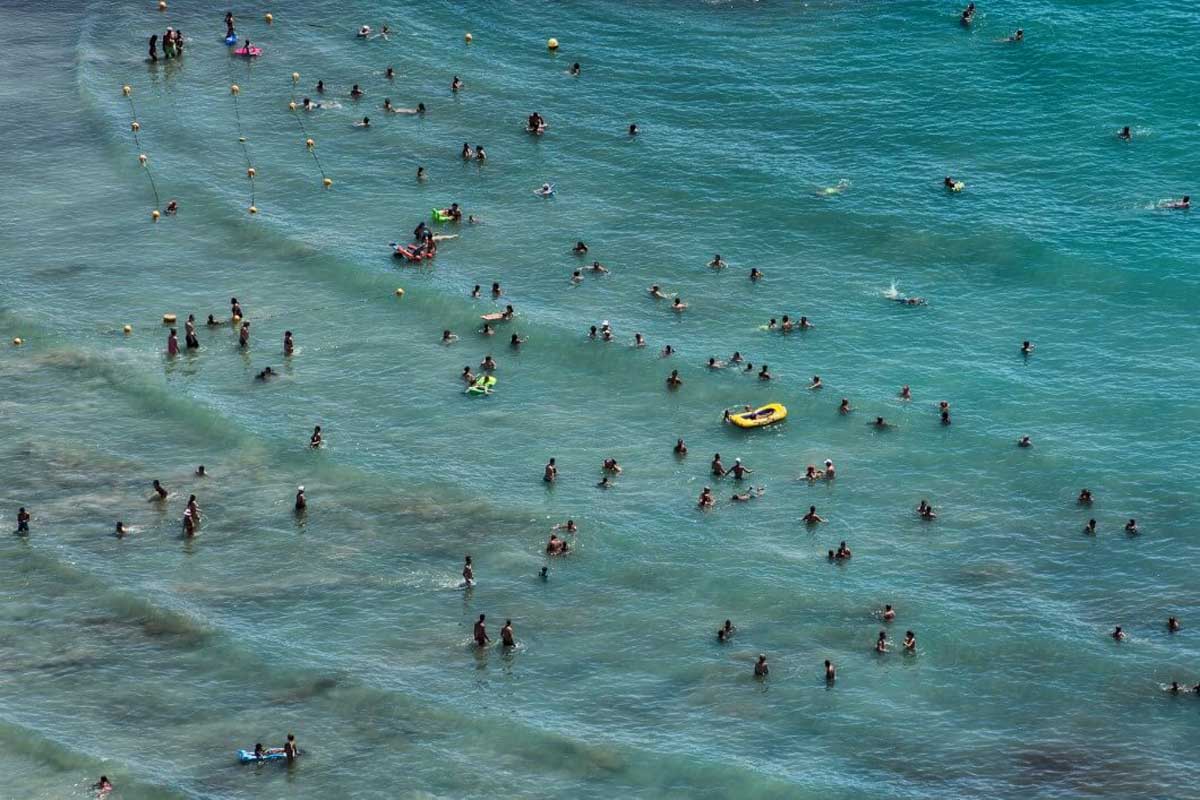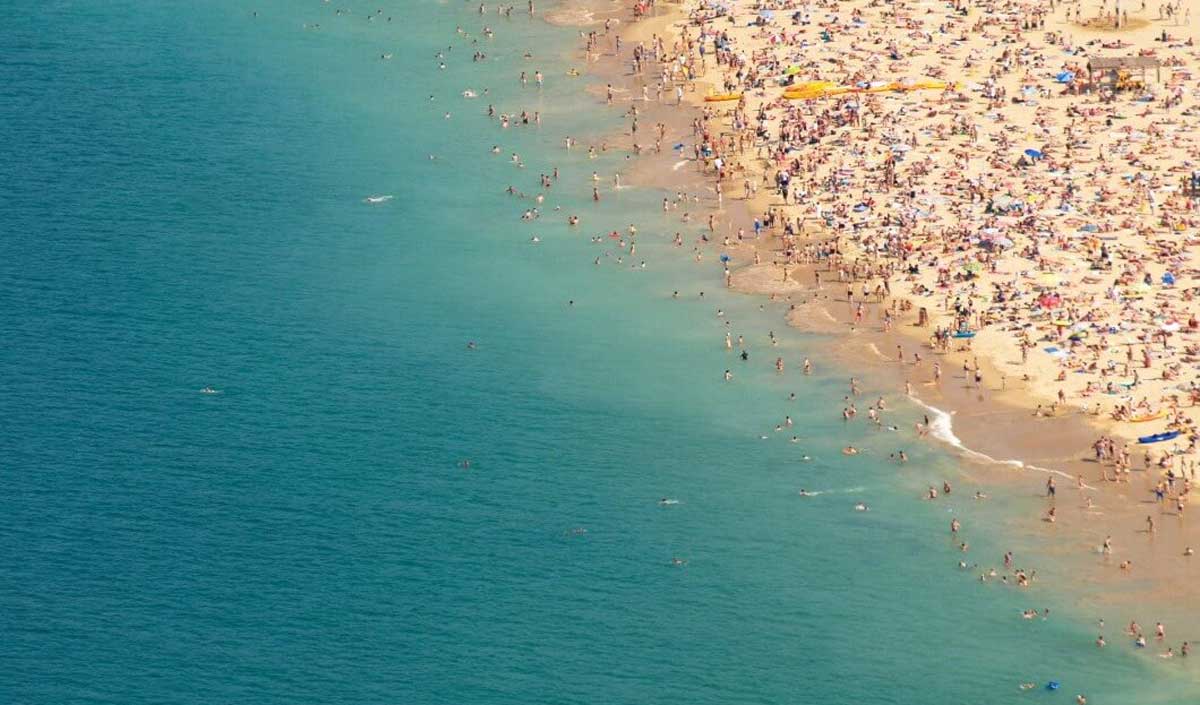Right on the border between the provinces of Malaga and Granada is one of the most amazing places in Spain. The cliffs of Maro Cerro Gordo are a system of caves, cliffs, and semi-enclosed beaches that attract tens of thousands of tourists every year. The level of sunscreen in the water is so high that it poses a “significant danger” to marine biodiversity and human health.
This is just one of 48 examples of environmental disasters included in the “Black Flag Warning” report prepared by Ecologistas en Acción. While there are some methodological issues in the report (and it has components that are more typical of a communications campaign than a technical analysis), the problem exists and goes far beyond it. Spanish beaches are a central resource for the country’s biggest industry, and unfortunately, they are poorly managed. How long can they withstand the rate of degradation that humans are subjecting them to?
The problem of the coast in numbers. “More than 50% of the beaches and 70% of the dunes on the Spanish coast are degraded or heavily modified; 60% of the wetlands that existed in 1950 have disappeared; more than 60% of the immediate vicinity of the beaches on the Mediterranean coast, the South Atlantic and the archipelagos have been urbanized,” – this analysis by Miguel A. Losada, professor at the University of Granada, is ten years old, but it has not lost its relevance.
This is very important, since anthropogenic degradation, which Losada speaks of, is added to natural erosion. “This phenomenon affects 70% of the coasts around the world,” explains Jorge Guillén, a researcher at the Institute of Marine Sciences in Barcelona. “An equilibrium beach is a beach where the outgoing and incoming sand have the same volume; such beaches are very atypical; they usually tend to grow or disappear.” It is the latter that happens to hundreds of Spanish beaches and forces them to spend huge budgetary funds on moving sand from one side to the other.

Why is this happening now?
This is nothing new. The phenomenon of the growth and disappearance of beaches has been going on for millions of years, the only difference is that now it affects (largely) the economy. Especially because the sediments that end up in the sea (and therefore circulate along the beaches) are much less now than they used to be. Four factors contribute to this: the first is reservoirs. Spain has 1,300 active reservoirs. This means that the amount of sediment that rivers used to carry to the sea has become much less due to the change in their channels.
The second reason is the urbanization of the coast. As mentioned above, up to 70% of the dunes have been severely degraded, and up to 60% of the swamps have disappeared. Both dunes and swamps were systems that “nourished” the natural cycle of beaches; moreover, they were systems that protected the coast from erosion: accelerated urbanization since the 1960s has destroyed a large part of these systems.
Third, the “traditional” solution to these problems (ie the construction of harbors, dams, and breakwaters) in turn changes the sediment transport capacity. And because they are usually built with local considerations in mind, they often cause problems on a regional scale. And finally, also related to environmental management issues, the “massive eradication of Posidonia grasslands in the Mediterranean since the 1970s”. Uncontrolled discharges into the sea damaged the structure that held it together.
The countdown starts. In this context, we are like a snake: historically, efforts to maintain beaches have ended up exacerbating problems. And this is just the beginning. If extreme weather events continue to escalate (as everything seems to indicate), beach disappearances will become more frequent (and the budget allocated to stop them will increase).
We lived (and built a huge industry) on what we thought was “renewable” and unlimited. Now we are beginning to understand that this is not the case. It’s no longer just that climate change could eventually push summer tourism off our beaches. The point is that now we are beginning to realize that we need more and more resources to save natural sites from tourism, fishing, and hotels. If we do not do this (or if we do not change the current tourism model), black flags will eventually take over the entire coast.

